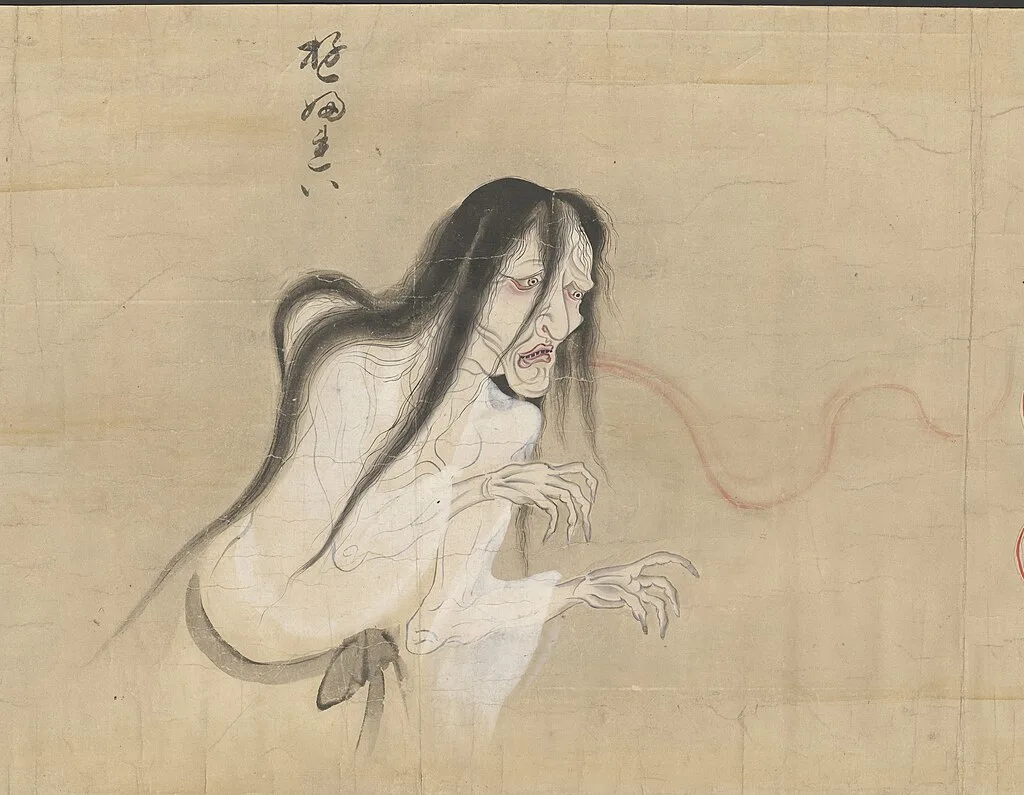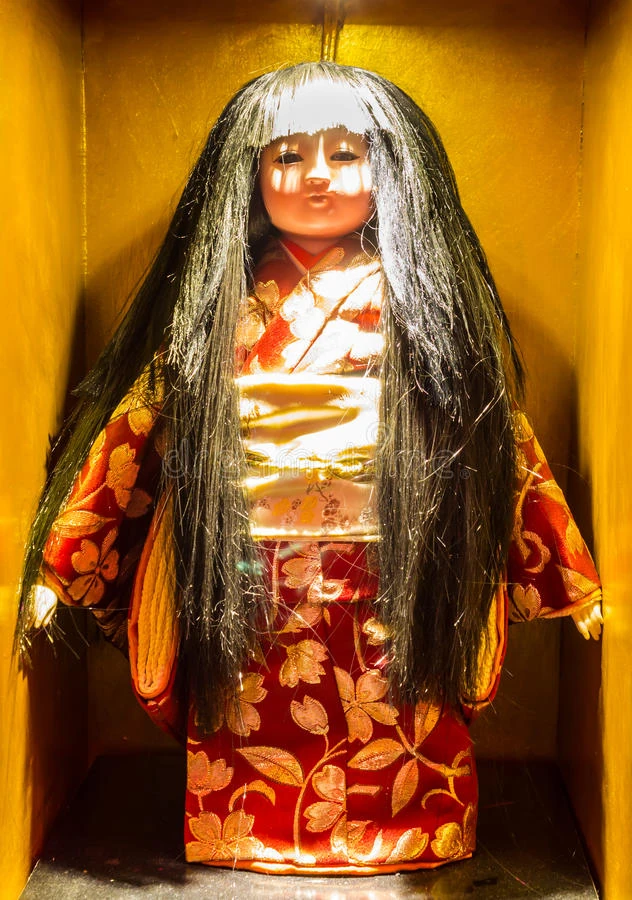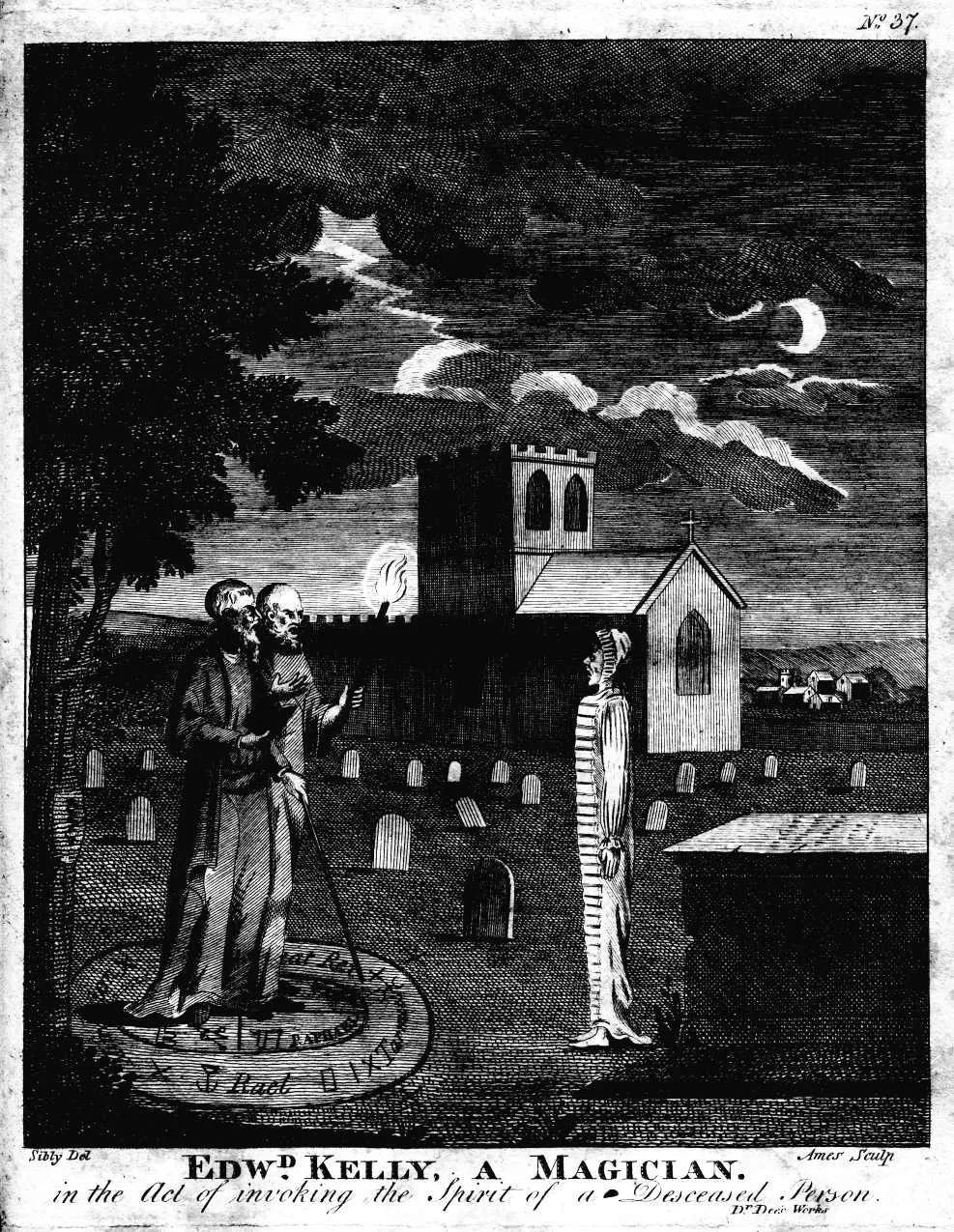
Despite my intense fear of horror movies, I gathered the courage to watch The Ring last night. I reassured myself, “It’s just a silly movie; ghosts aren’t real.” Initially, it seemed manageable. But my bravery evaporated when the eerie girl with long hair crawled out of the TV. After that, I couldn’t even walk to the bathroom. Every blink made me fear a ghost would appear. I kept telling myself, “Don’t look behind you!” Once I calmed down, a strange question kept bugging me.
Why are ghosts in movies almost always women?
Coincidence? Doubtful. Let’s rewind a few centuries for some spooky yet insightful context.
Historically, ghostly women have haunted global cultures, serving as eerie reflections of societal fears and injustices. It seems women’s vulnerability and limited rights made them prime ghost story candidates. Tragically dying from childbirth, abuse, or betrayal created ready-made narratives for ghostly revenge, symbolizing society’s unresolved guilt because what better way to address inequality than through supernatural horror? Let’s look at some of the folktales from around the world.
Asian Folklore: Revenge Served Cold (and Damp)
In Asia, female spirits often embody profound injustices faced during their lives. Take 17th-century Japan’s Okiku, a servant girl accused (wrongly, of course) of losing valuable porcelain dishes. Her punishment? Thrown into a well to drown is a bit dramatic, don’t you think? Now her restless spirit endlessly counts those cursed dishes, symbolizing betrayal. Clearly, even ghosts aren’t free from household chores.

Chinese folklore adds to this eerie tradition with Nü gui, literally translating to “female ghost.” These unfortunate souls typically died violently, wandering forever to seek vengeance or at least some acknowledgment. A subtle reminder from history: don’t mistreat women unless you prefer restless spirits rearranging your furniture at midnight.
ALSO READ: This Celebrity Doctor Got Famous for Advice He Couldn’t Prove
European Legends: White Dresses and Eternal Misery
Europe provides ample spectral ladies, notably the ubiquitous “White Lady.” Countess Kunigunda of Orlamünde (1480s) is one such apparition, frequently spotted heralding misfortune among the Hohenzollern dynasty. Apparently, royal families prefer blaming spectral women rather than confronting their dysfunction head-on.

Then there’s Anne Boleyn, infamously executed by King Henry VIII. Her ghost reportedly stalks the Tower of London, headless and endlessly tragic, a poignant critique of patriarchal betrayal or perhaps just England’s way of attracting tourists who prefer their history morbid.
La Llorona: Latin America’s Tragic Superstar
In Latin America, the tale of La Llorona (“The Weeping Woman”) embodies societal anxieties surrounding motherhood, betrayal, and despair. Originating in 16th-century colonial Mexico, La Llorona was Maria, betrayed by a lover, who tragically drowned her own children. She’s now cursed to eternally mourn, symbolizing women’s struggles under oppressive conditions. It’s both a cautionary tale and an effective parenting threat: misbehave and La Llorona might pay you a midnight visit.
America’s Ghostly Legal Drama: The Greenbrier Ghost
America’s legal system rarely entertains ghost stories except once, in 1897, with the Greenbrier Ghost. West Virginia’s Elva Zona Heaster Shue mysteriously died, conveniently labeled “natural causes.” Her determined ghost allegedly appeared repeatedly to her mother, naming her husband as the culprit. Astoundingly, her spectral testimony was taken seriously, resulting in an exhumation, autopsy, and eventual conviction. Imagine being convicted because a ghost snitched on you and talked about haunted justice.
Women’s voices were often dismissed unless they aligned neatly with societal expectations or, as here, appeared through supernatural means. Ironically, it seems a spectral woman’s testimony held more sway than the pleas of living ones, underscoring deep-rooted misogynistic tendencies.
Paranormal Misogyny
The recurring portrayal of vengeful female ghosts isn’t just coincidence; it reflects a deeper societal misogyny. Female ghosts often symbolize negative stereotypes emotionally volatile, irrational, and dangerous. Such portrayals stem from real-world prejudices, highlighting discomfort with female anger or independence. Apparently, society finds empowered women acceptable only if they’re translucent, floaty, and slightly homicidal.
Interestingly, there’s a paradox here. Women powerless in life become powerful postmortem, transforming from tragic victims to feared entities. This transformation exposes society’s ambivalence toward female empowerment: silenced and marginalized in life, women wield supernatural powers in after-life. It seems society can tolerate powerful women but only if they’re safely confined to the paranormal.
Male ghosts occasionally appear in folklore and films, but they rarely possess the same chilling allure as their female counterparts. Perhaps male ghosts lack the emotional vulnerability or tragic innocence storytellers often leverage to evoke empathy and fear simultaneously.
The Gentle-But-Deadly Femme Specter
Directors often intentionally choose female ghosts because of the appealing contrast between innocence and menace. According to Film Companion, filmmakers capitalize on this unsettling mix, evoking sympathy while simultaneously terrifying audiences. The familiar feminine image flowing hair, pale skin, delicate clothing becomes uniquely unsettling precisely because it merges comfort with danger. It’s unsettling to realize your subconscious equates feminine beauty with ghostly aura, isn’t it?
Angela Gulner, discussing her psychological horror film The Beldham, underscores this point. Gulner intentionally delves into intergenerational trauma and nuanced female relationships, observing how past traumas manifest as terrifying hauntings. Essentially, horror directors remind us that unresolved female trauma can be so powerful it literally haunts you.
Tatler Asia also highlights that horror themes often mirror women’s real-life struggles, like protective mothers or societal inequities. Audiences deeply connect with these narratives precisely because supernatural horrors exaggerate real-world injustices though one might argue that daily sexism is terrifying enough without involving ghosts.
Ultimately, these ghostly women illuminate uncomfortable truths about societal misogyny, repressed anxieties, and ambivalence toward female power. Perhaps the next time you watch a ghostly horror, spare a thought for the spectral ladies involved: they’re just women tired of inequality, returning to haunt the living until someone finally listens.

